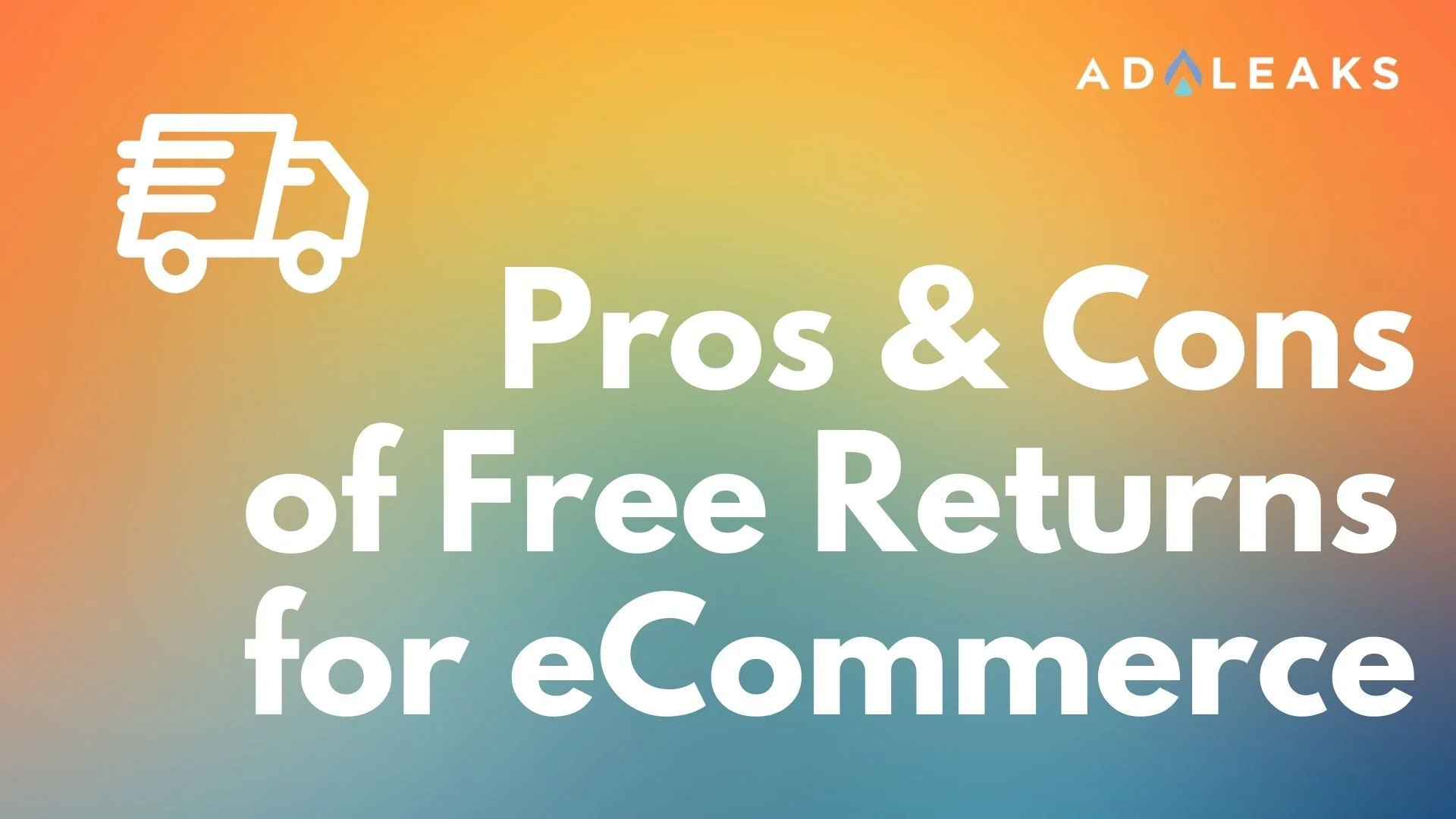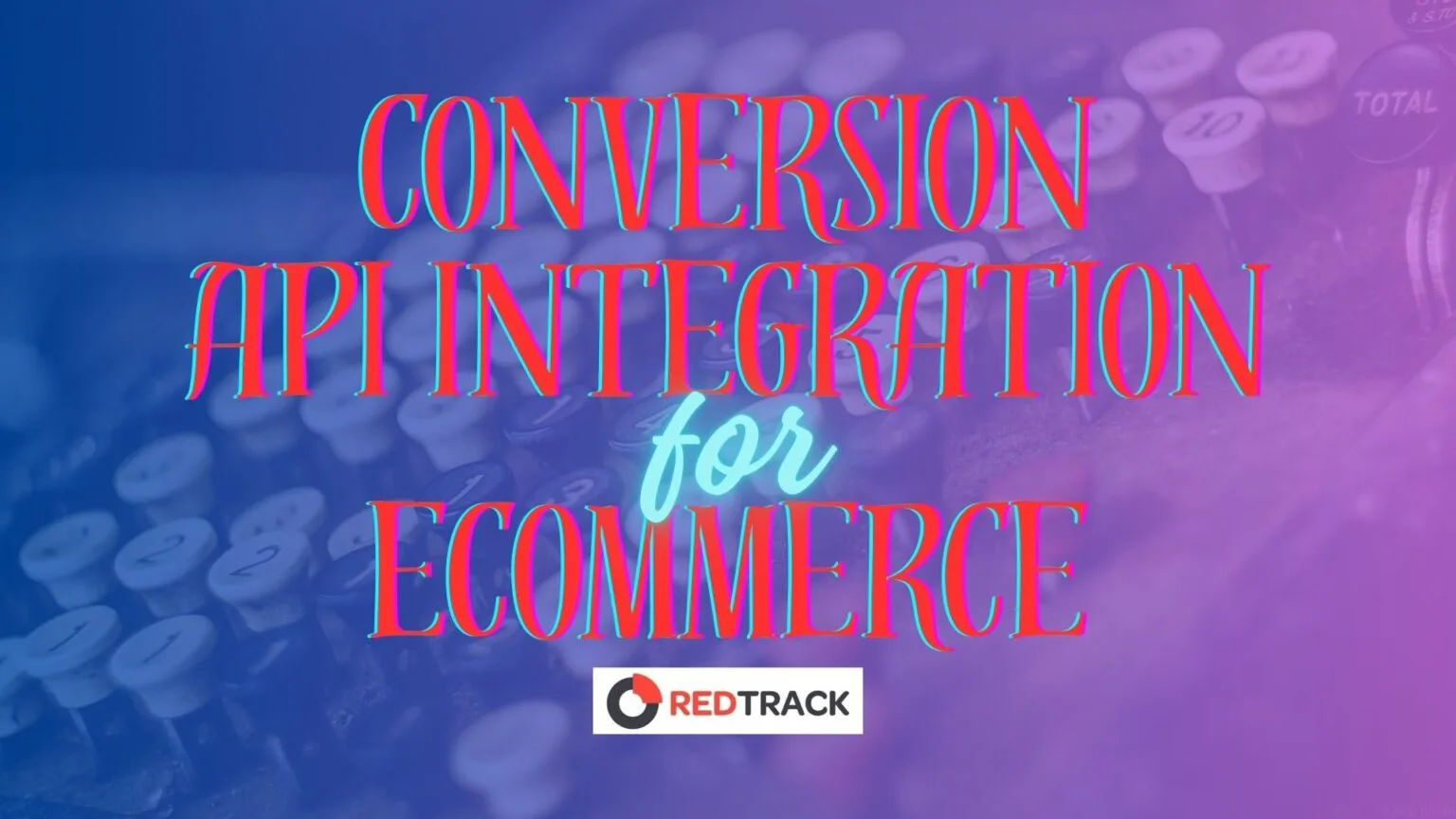
Pros & Cons of Free Returns for eCommerce


Editor's Note: This post has been updated with new links and content.
Original Publication Date: April 29, 2020
Offering free returns for eCommerce can require sellers to maintain a difficult balance.
On one hand, you have customer preferences and the marketing potential free returns can provide. On the other, however, you have to consider the cost -- and the potential for abuse.
We’ll examine some of the pros and cons of free returns for eCommerce below, and explain how you can split the difference with a specifically tailored returns policy.
Free Returns for eCommerce Pro #1: Customers Love it (and Expect it)
Call it “the Amazon effect,” but most eCommerce customers today expect vendors to cover the costs of returned or refunded products.
Research published in 2017 found that 71% of customers didn’t make a purchase because of shipping or restocking fees. And a 2015 study showed that 62% of consumers were unhappy when they were asked to pay postage and packaging costs for a return.
A free returns policy eliminates these concerns, which can create a more pleasant user experience and lead to greater confidence in completing a purchase.

Free Returns Pro #2: Boosts Conversions & Sales
If there’s one thing science and common sense agree on, it’s that customers like “free.”
That’s why it’s no surprise that free shipping often improves conversion rates, and nearly four out of five consumers expect free return shipping on their purchases.
Free returns can also help reduce the “touch factor” advantage that physical retail stores have over eCommerce. If your buyers know that they can send an item back for any reason, just like at their neighborhood store, they’re much more likely to take a chance on your offer.
Free Returns Pro #3: Builds Customer Loyalty
Free returns for eCommerce might not help your bottom line in the short term (more on that later), but there are real long-term benefits that come from keeping customers happy.
For example, many vendors might worry that a buyer who sends an item back won’t ever shop with them again. In fact, the opposite is usually true -- more than three-quarters of returns come from repeat customers.
Also, a positive returns experience can have a huge impact on future shopping choices -- one 2018 study found that 96% of eCommerce shoppers would return to a retailer based on an “easy” or “very easy” return experience.
And finally, without free returns, you might be giving an edge to the competition. Roughly half of eCommerce vendors already offer free return shipping, and if your competitors are smart, they’ll point this benefit out during their shopping experience. (And if they’re mean, your competitors will point out that you don’t offer free returns.)
Free Returns for eCommerce Con #1: Loss of Profit
Free returns for eCommerce aren’t all sunshine and rainbows, of course, although it might seem so from the customer’s side.
The most obvious downside to free return shipping is that your store assumes the expense. Costs can include transportation, restocking, sending the product back to the manufacturer for refurbishment, and more.
As Return Logic points out, the cost of your free returns policy will be dependent on what you sell. The return costs of a bookshelf, for example, are on a different scale than returning a T-shirt.
With this in mind, if you do offer free returns, clearly define your policy so that you won’t be left in the lurch on large products.

Free Returns Con #2: Potential Cheaters in the System
There’s a certain social-contract aspect to free eCommerce returns that goes unspoken between sellers and buyers.
Namely, we (sellers) will make it easy for you to send items back, as long as you (buyers) don’t abuse the system.
Unfortunately, user behavior can lead vendors to question this contract. “Wardrobing,” or buying apparel from an online store, wearing it once, and sending it back, has emerged as a growing trend.
Further, the Merchant Fraud Journal reported that return fraud cost merchants $25.3 billion in 2020 in the US alone.
Since many online sellers operate with thin profit margins anyway, you’ll need to examine your finances to see if your eCommerce store can withstand the associated costs of bad actors returning multiple orders before you commit to free returns.
Free Returns Con #3: State Laws May Vary
Just when you thought you had your eCommerce returns policy figured out, here comes “the man” to throw a wrench in your plans.
In the US, the federal government and certain states have statutes governing returns and exchanges.
For example, federal law states that vendors must accept the return of defective merchandise. Also, customers have up to three days to change their minds and return items that cost at least $25.
You’ll want to make sure that your returns policy, free or otherwise, is in compliance with local, state, and federal law to keep your eCommerce business running smoothly.
Splitting the Difference: Limiting Free Returns
If you have multiple products or product categories in your eCommerce store, you don’t need a blanket returns policy. Many sellers have found the most effective policy can vary by product, customer, or even the calendar.
By tailoring your eCommerce returns policy, you can protect your store while still giving the people what they want. Return Logic has a list of possible variations on your free returns offer:
- Free return shipping for only full price items
- List items as Final Sale
- Free return shipping during the holiday season
- Return shipping depending on item category
For retailers that expect high rates of return on certain products, you can also include ready-made return labels. This gives you advance access to the parcel tracking code, so you and your customer will know where the package is as soon as it enters the system.
The Last Word on Free Returns for eCommerce
The growth and competition of the online marketplace have magnified what used to be, frankly, incidental shipping costs.
But as sellers like Amazon and Warby Parker popularize the “try-before-you-buy” eCommerce model, user expectations for returns are only going to rise.
Finally, remember that more than 80% of buyers read the returns policy before they convert. So whatever you decide for your eCommerce returns policy, make sure it’s easy for your users to find.
For exclusive digital marketing tips and strategies from the world’s top ad buyers, Join AdLeaks today.





